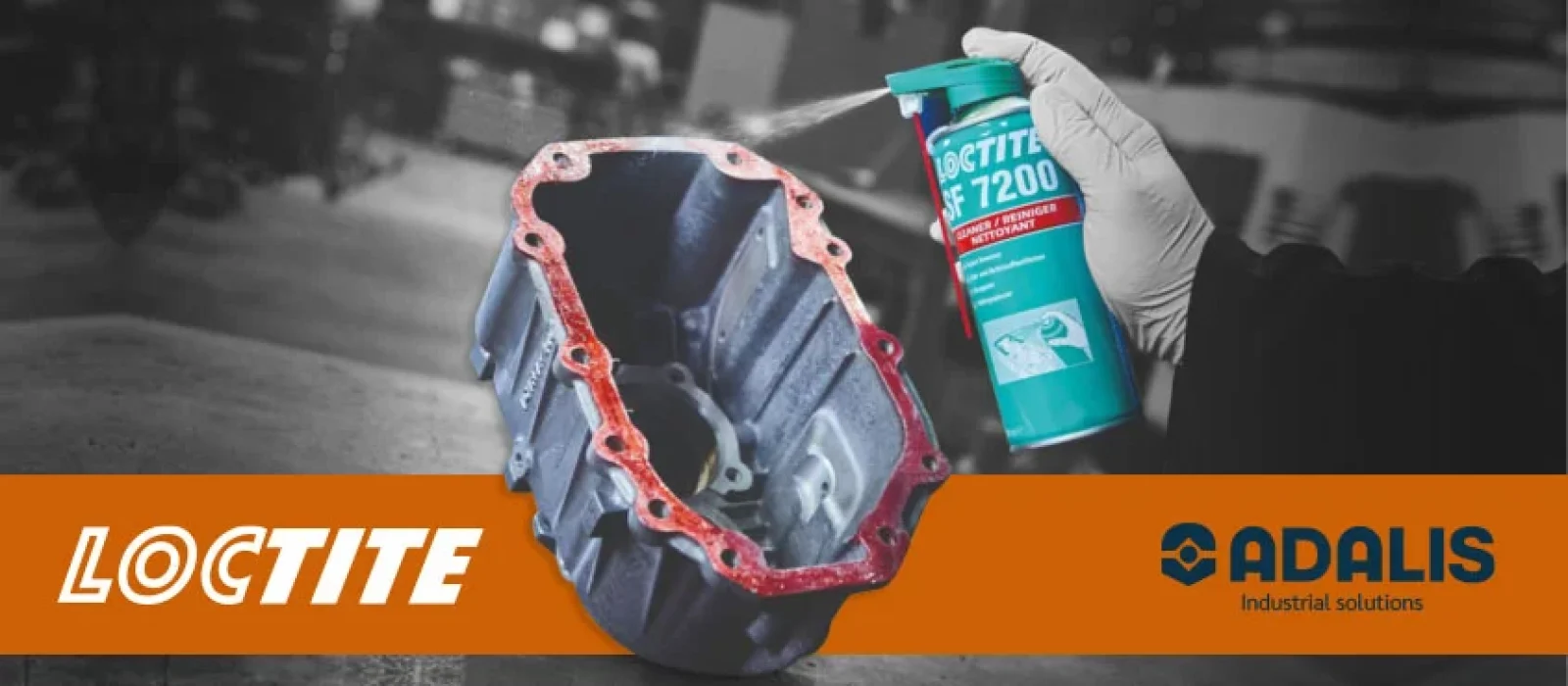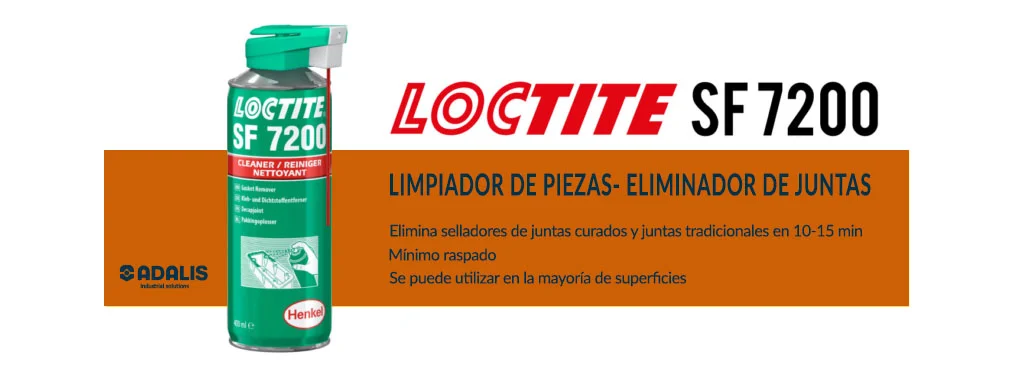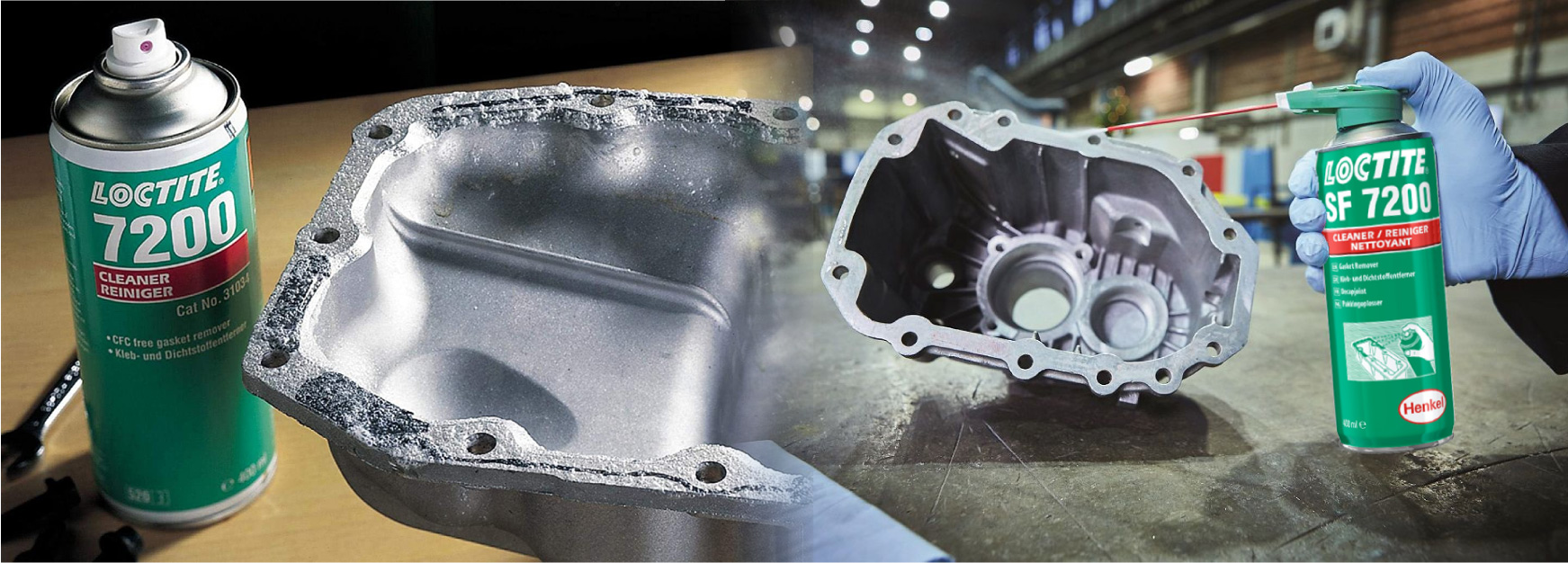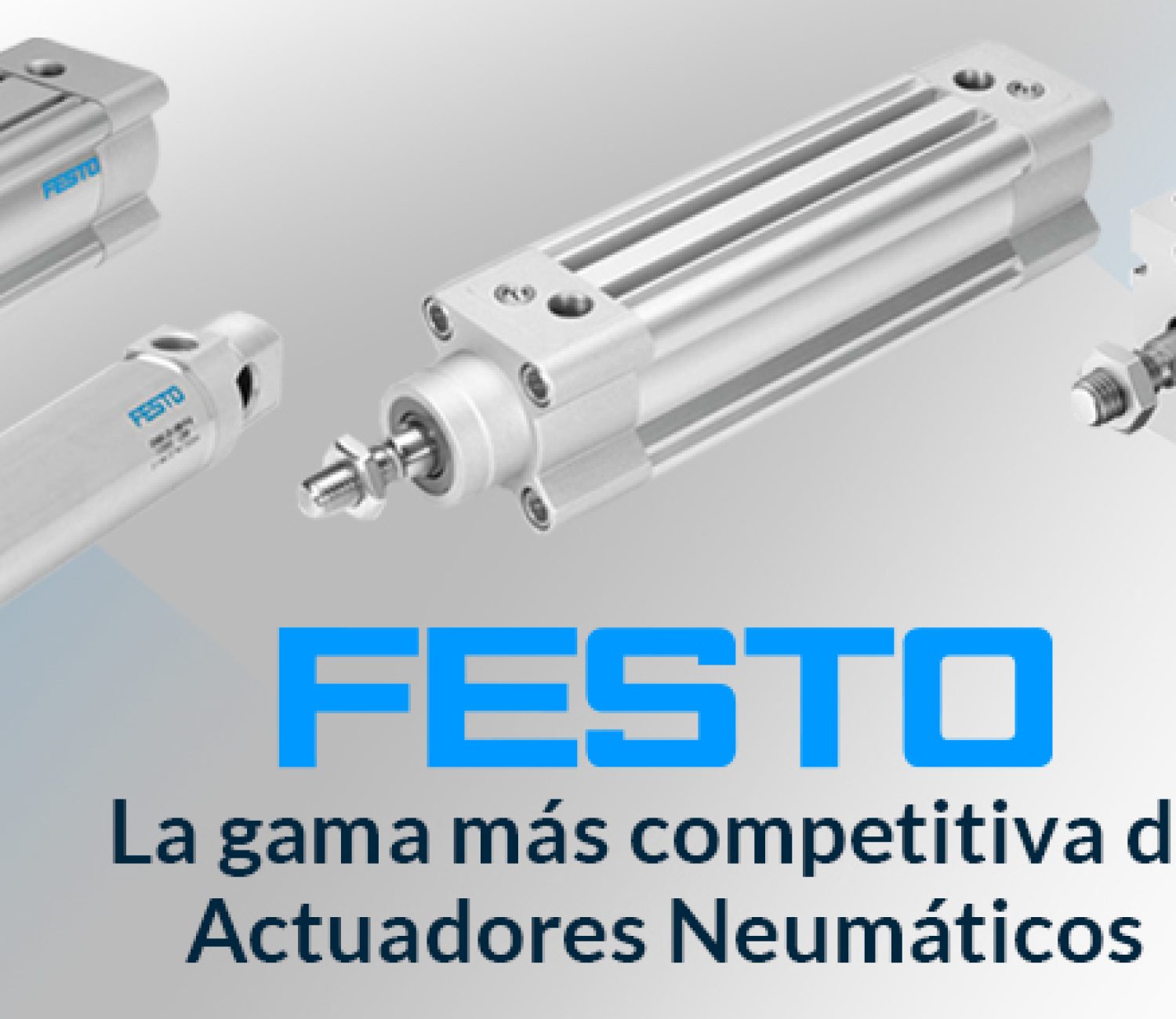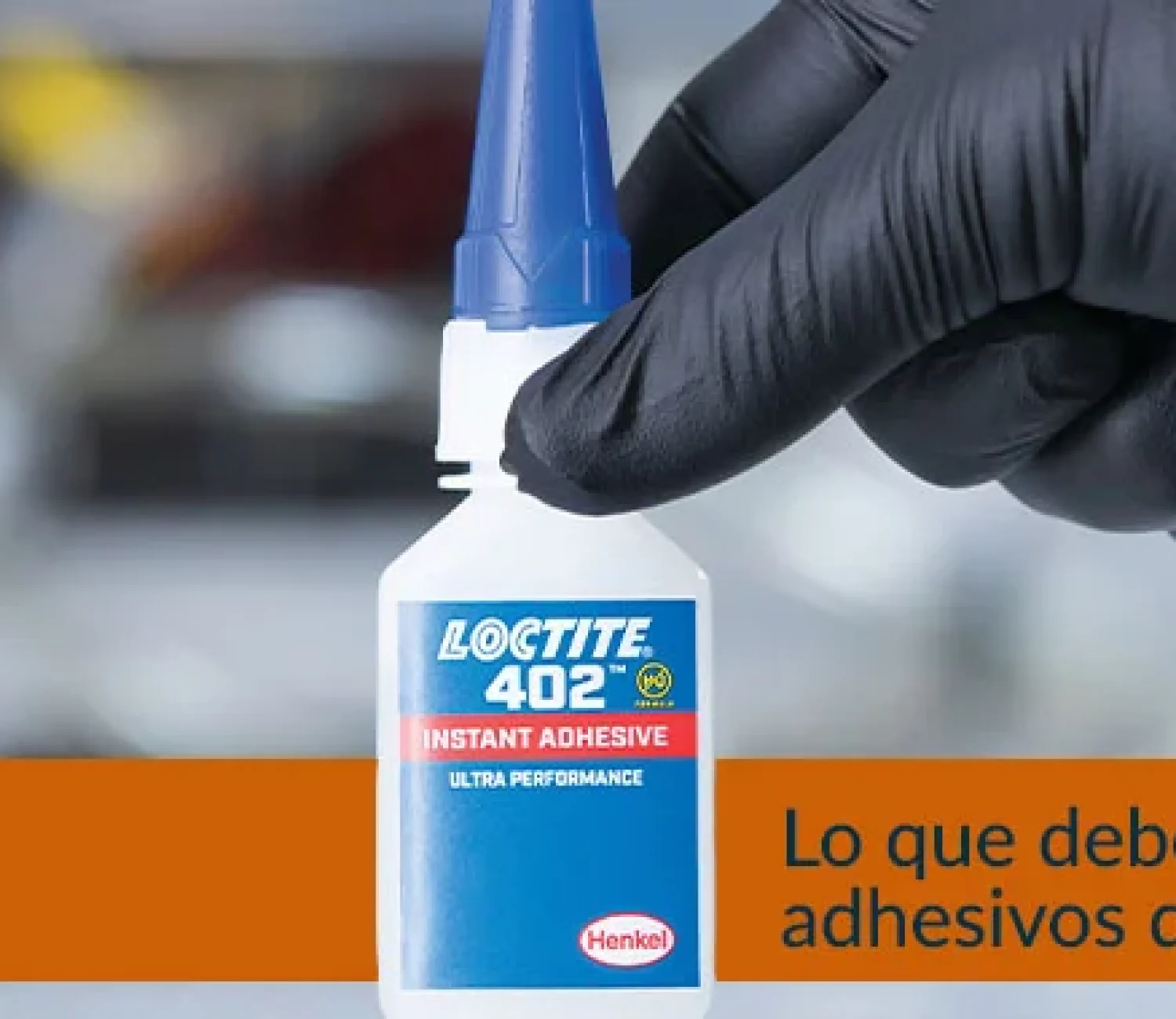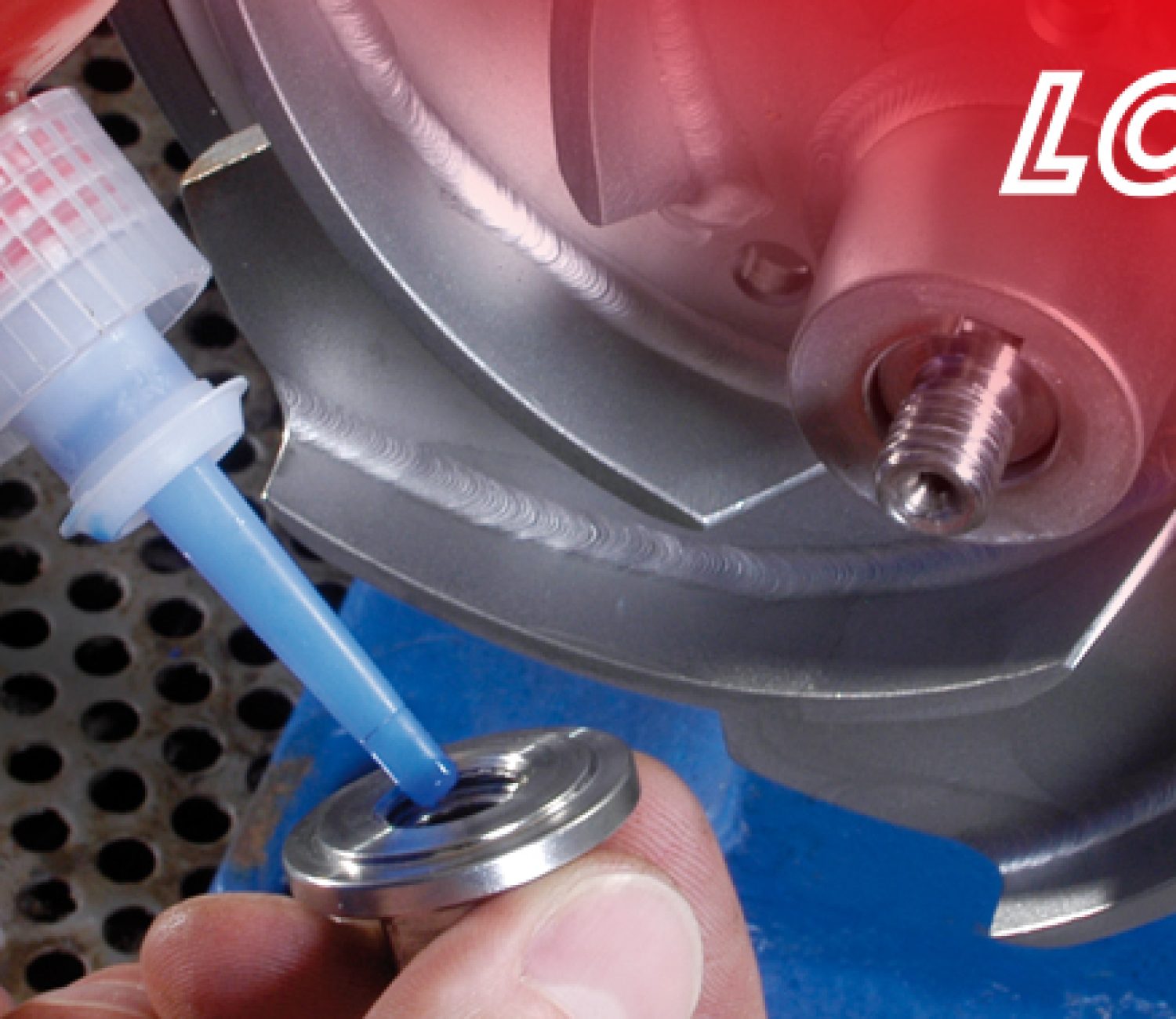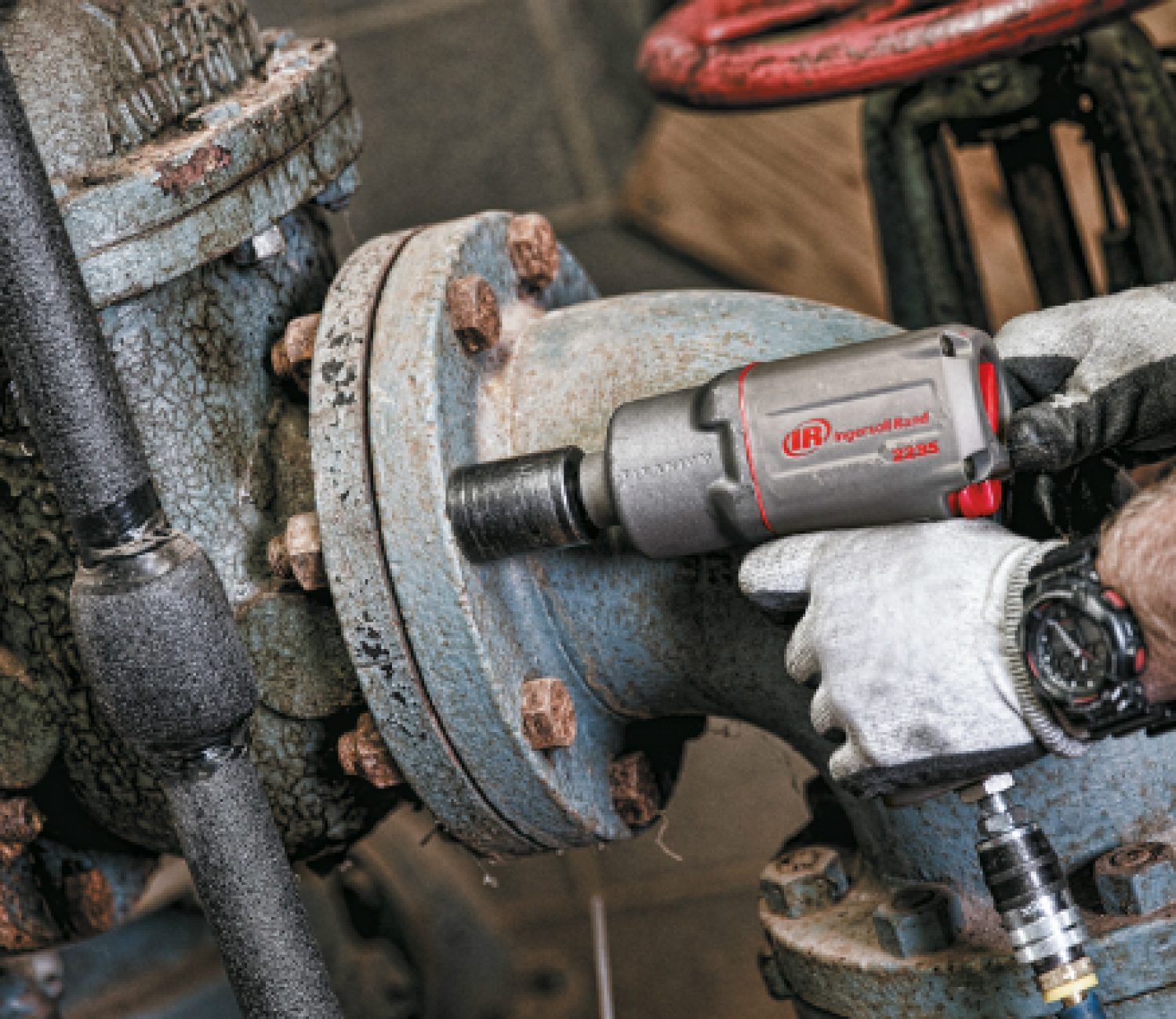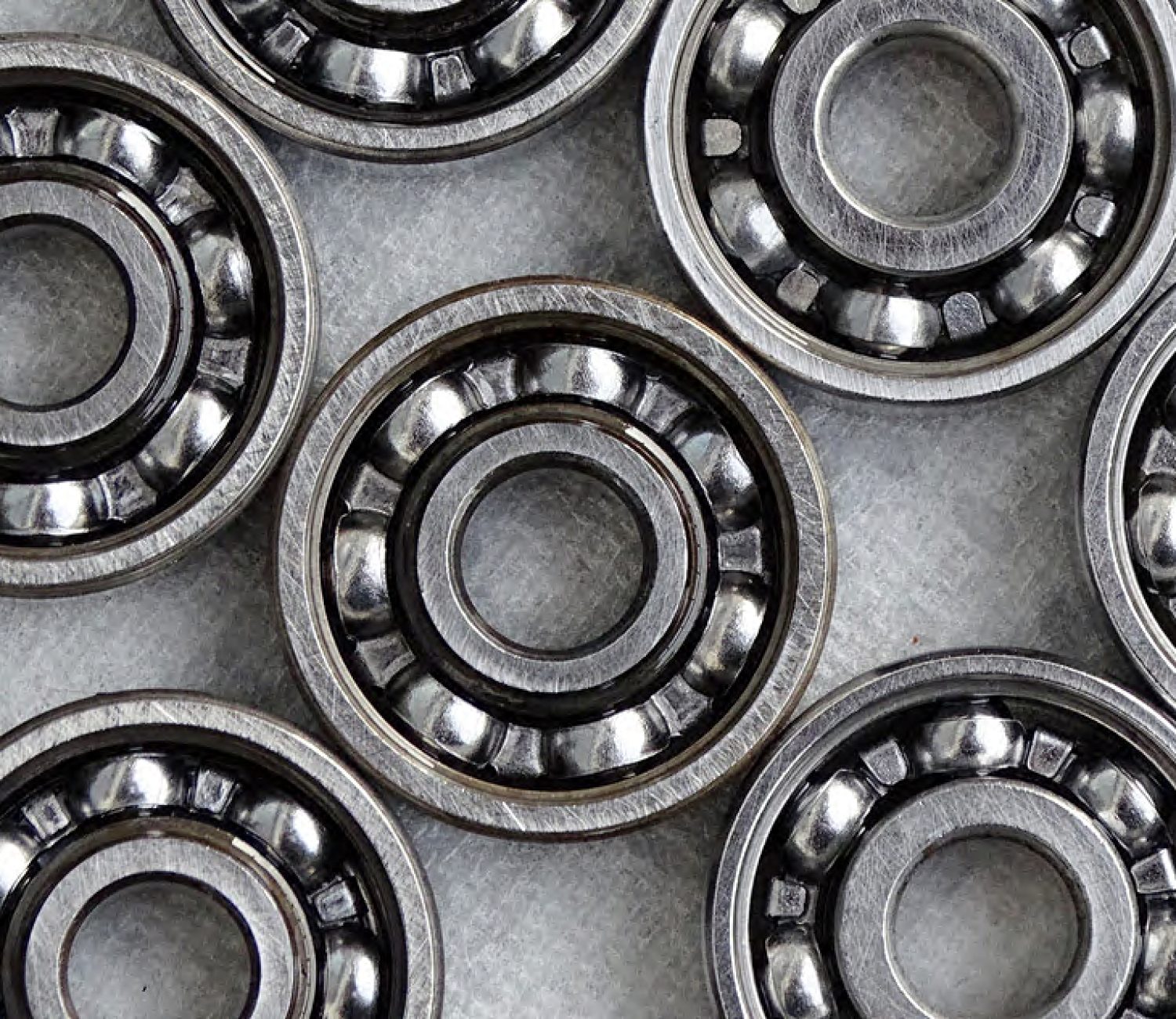On numerous occasions we have encountered the need to bond two elements but rarely do we do it in an optimal way.
Out of ignorance, we try to join the two parts without taking into account the factors that may interfere with the result. And although it may seem that we have achieved our purpose, adhesives do not work miracles and the adhesion stops working soon after application.
In this blog post we will explain in detail how to perform a correct surface preparation before bonding.
Cleanliness in the preparation of bonding surfaces
To carry out any activity that requires the use of an adhesive to join two parts, the most important thing to keep in mind is to clean both surfaces before applying it.
The objectives The following are the best ways to clean the surfaces:
- Remove particles that are on the surfaces of the elements and interfere with bonding.
- Enhance the effect of the adhesive and extend its durability.
- Create an optimal surface environment for the adhesive.
If we do not clean the surface we will not be making a correct preparation of bonding surfaces.
On the other hand, temperature can expand or contract materials making the task more complicated. If the surface of an element is at a very low temperature, ambient humidity can condense and create water particles that hinder adhesion. Considering this factor will facilitate our purpose.
Surface cleaning products
Now that we know the importance of cleaning surfaces before bonding, we need to use the right cleaning products to help us with this task.
Cleaning with water alone will make the process more difficult and, in most cases, will not be sufficient to remove the residue from the surface being treated.
This is because many materials offer resistance to water and conventional soap.
ADALIS Industrial Solutions recommends the following cleaners and degreasers LOCTITE®They are extremely effective and are available in water and solvent based formulations.
In addition, there is a wide variety of products for different applications and purposes.
The LOCTITE® range of cleaners® offers products for:
- Clean the parts before applying adhesives/sealants.
- Clean and degrease parts and surfaces.
- Remove cured adhesive residues.
- Food grade cleaners (NSF A7).
If you need advice on which LOCTITE® cleaner to use, please contact us.® choose, contact our specialists and they will answer any questions you may have.
LOCTITE® Joint Eliminator® SF 7200
In this entry we want to pay special attention to the LOCTITE® gasket remover® SF 7200.
This product is an excellent ally for the preparation of bonding surfaces and, in particular, to aid in the removal of cured chemical joints.
It acts by softening the gasket material on, for example, flanges eliminating excessive scuffing. Once applied to the surface, the product creates a foam-like layer, preventing it from running off, which allows its activity for the required duration.
The LOCTITE® SF 7200 is especially suitable for the removal of soft metal surfaces, where excessive scraping could easily damage them.
It can also be used to remove adhesives, grease, oil, varnish and paint from metal surfaces.
ImportantNot recommended for use on plastic surfaces.
Example of the preparation of a bonding surface
To make it easier for you to see the process of the preparation of bonding surfacesWe will show an example of a joint sealing.
STEP 1: The first step is to clean the bonding surface. We will apply the LOCTITE® SF 7200 at a distance of 20 and 30 cm in the old joints and let it act.
STEP 2: After approximately 15 minutes, scrape the surface with a wooden or plastic element to avoid damaging the component and remove the residues. Repeat the procedure if the surface is not completely clean.
STEP 3Afterwards, although it is not strictly necessary, we recommend applying an activator such as LOCTITE® SF 7649 to increase the cure of the adhesive to be applied later.
STEP 4Fourthly, we must select the right adhesive to seal the joints. We leave you an article from our blog that will help you to choose the right adhesive according to the needs of the application.
STEP 5Finally, apply the selected adhesive to one side of the joint and the two pieces can be joined together.
We hope you find this article useful. If you still have any questions about surface preparation for bonding or would like to obtain LOCTITE®, contact us with our team of experts.


